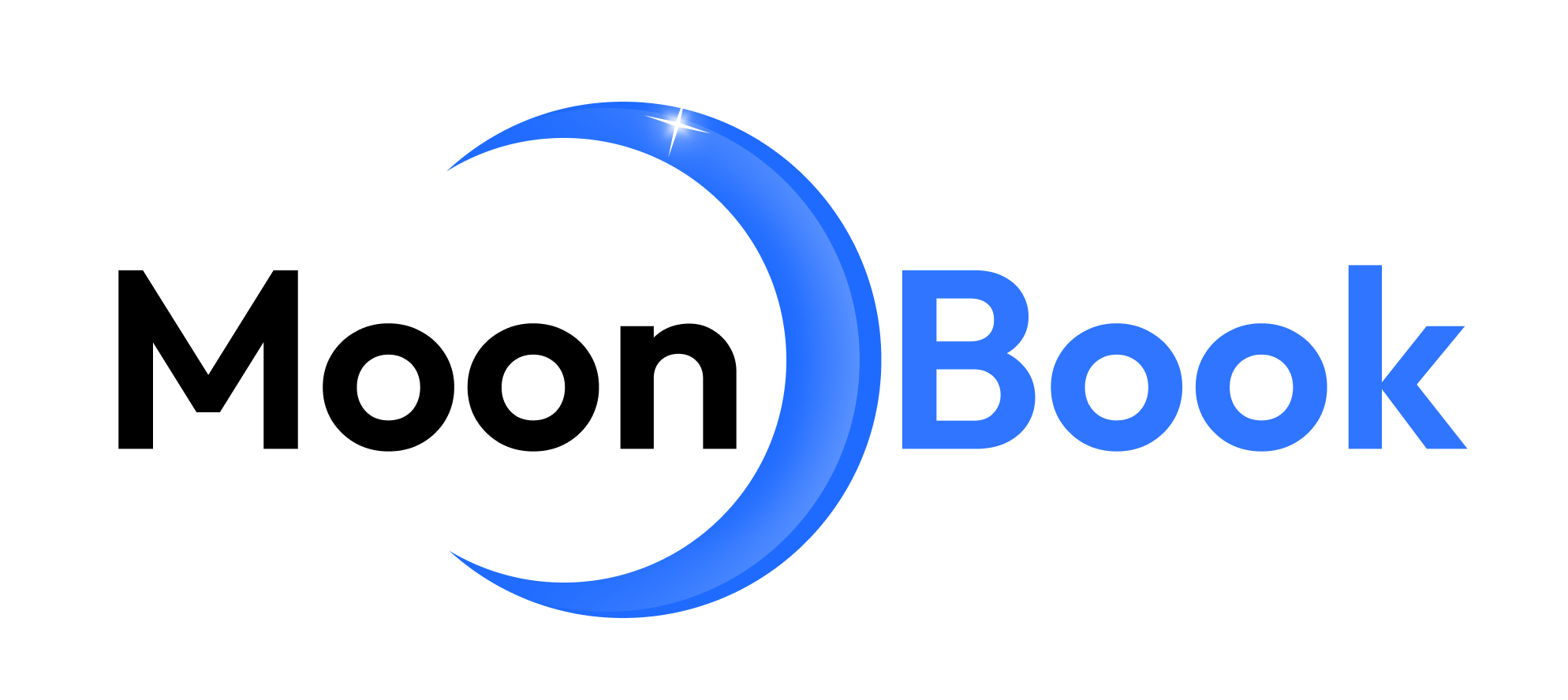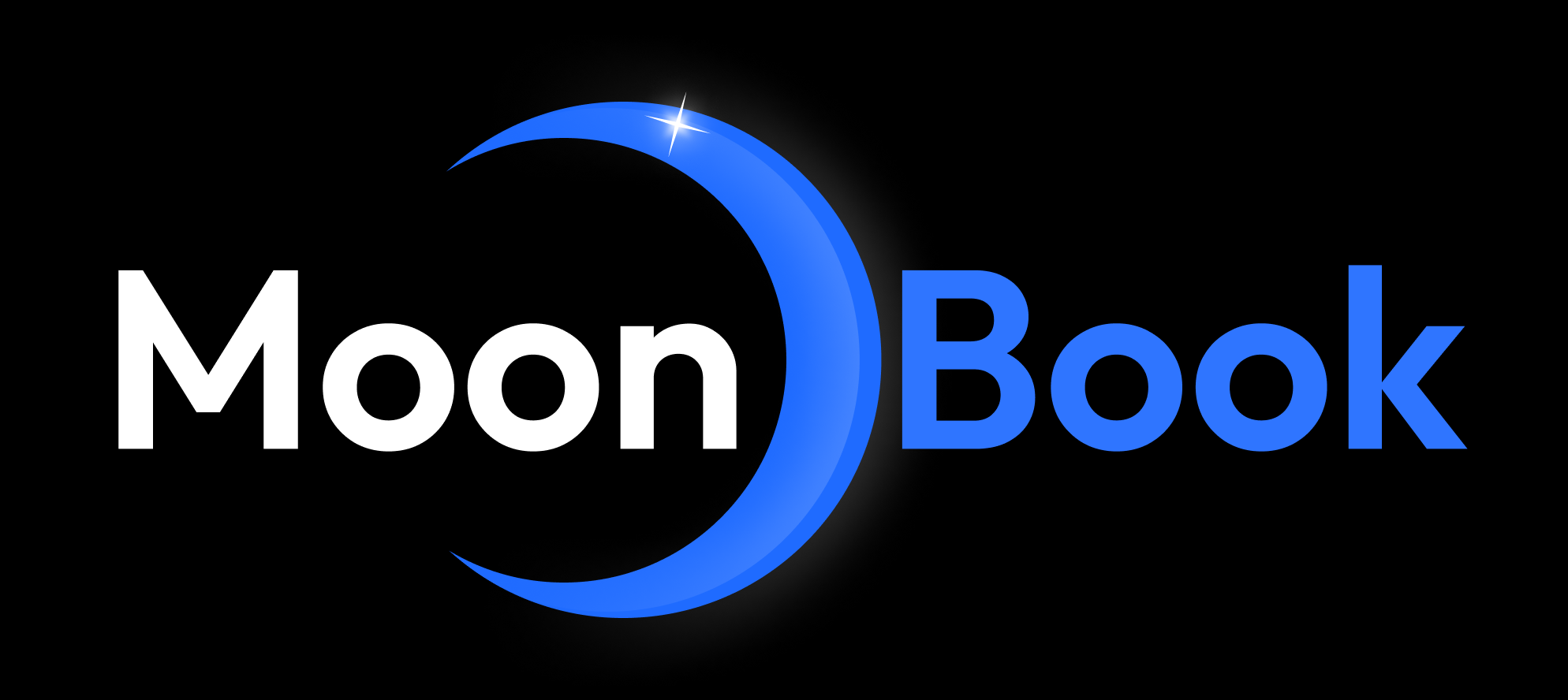The Encapsulated Additives Market is witnessing remarkable growth, driven by increasing demand across industries such as pharmaceuticals, food & beverages, and cosmetics. Encapsulation technology, which allows controlled release and enhanced stability of active ingredients, is fueling adoption globally. Analysts project that the market will maintain steady expansion over the forecast period, highlighting promising opportunities for investors and stakeholders.
Encapsulated additives offer significant advantages in improving product efficiency, reducing wastage, and enhancing shelf life. These features are particularly valuable in the pharmaceutical sector, where precise dosage and stability are critical. The growing focus on health and wellness products, coupled with stringent regulatory standards for additives, is further accelerating market growth.
Moreover, the food industry’s demand for functional ingredients, including vitamins, probiotics, and flavoring agents, has expanded the application scope of encapsulated additives. Manufacturers are increasingly focusing on microencapsulation techniques to improve product delivery and consumer experience.
Request a Sample Report: https://researchintelo.com/request-sample/8901
Market Drivers and Key Trends
Several factors are driving the global encapsulated additives market. First, the rising demand for controlled-release formulations is a primary growth driver. Encapsulation helps protect sensitive compounds, ensuring sustained functionality over time. This is particularly relevant for pharmaceuticals, nutraceuticals, and agrochemical applications, where stability is critical.
Second, increasing consumer preference for fortified and functional foods has significantly contributed to market expansion. Encapsulated vitamins, minerals, and flavorings are widely used to meet nutritional needs without altering taste or texture. Additionally, environmental regulations are encouraging companies to adopt efficient additive solutions that minimize waste.
Technological advancements in encapsulation methods, including spray-drying, coacervation, and liposomal encapsulation, are opening new growth avenues. Innovations focus on enhancing bioavailability, improving solubility, and reducing production costs, which collectively enhance market potential.
View Full Report: https://researchintelo.com/report/encapsulated-additives-market
Market Restraints
Despite its growth, the encapsulated additives market faces certain challenges. High production costs and complex manufacturing processes may hinder widespread adoption. Encapsulation often requires specialized equipment and skilled personnel, making entry into the market resource-intensive.
Regulatory compliance is another critical challenge. Different regions impose strict guidelines on additives, which can increase operational costs and slow product launch timelines. Companies must navigate these regulations carefully to ensure compliance and maintain market credibility.
Additionally, limited awareness about the benefits of encapsulated additives in emerging economies can restrain market penetration. Market education and targeted marketing strategies are essential to address this barrier and boost adoption rates.
Enquire Before Buying: https://researchintelo.com/request-for-customization/8901
Opportunities in Emerging Markets
The encapsulated additives market presents significant opportunities, particularly in developing regions such as Asia-Pacific and Latin America. Rising disposable incomes, growing awareness of health and wellness products, and increasing industrialization are driving demand in these markets.
The pharmaceutical and nutraceutical sectors in Asia-Pacific are expected to be major contributors to market growth. Companies investing in research and development to create innovative encapsulation solutions are likely to benefit from first-mover advantages in these emerging markets.
Furthermore, sustainability trends and eco-friendly formulations offer additional growth potential. Encapsulated additives can reduce environmental impact by optimizing ingredient use and extending product shelf life, aligning with global sustainability initiatives.
Check Out the Report: https://researchintelo.com/checkout/8901
Market Dynamics and Forecast
The global encapsulated additives market is projected to reach a valuation of approximately USD 9.8 billion by 2035, expanding at a CAGR of around 7.1% from 2025 to 2035. The market is segmented based on type, application, and region, providing detailed insights into sector-specific growth opportunities.
-
By Type: Microencapsulated powders, liquids, and gels dominate the market, offering versatility across various industries.
-
By Application: Pharmaceuticals, food & beverages, cosmetics, and agrochemicals are the primary application areas. Pharmaceuticals lead in terms of value, while food applications show rapid volume growth.
-
By Region: North America remains a mature market due to high adoption rates, while Asia-Pacific offers the highest growth potential, driven by emerging industrial sectors.
Innovative product launches, strategic collaborations, and expansion into untapped regions are expected to shape the competitive landscape. Companies leveraging nanotechnology and smart encapsulation solutions are likely to gain a competitive edge.
Key Insights by Region
-
North America: Advanced manufacturing infrastructure and a robust pharmaceutical sector sustain market growth.
-
Europe: Strict regulatory frameworks and consumer awareness drive demand for high-quality encapsulated additives.
-
Asia-Pacific: Rapid industrialization, population growth, and increasing demand for functional foods are propelling market expansion.
-
Latin America & MEA: Emerging opportunities in nutraceuticals and agrochemicals are expected to boost adoption.
The market’s global outlook indicates significant investment potential, especially in research-driven innovation and regional expansion. Collaboration between additive producers and end-user industries is crucial to address specific market needs efficiently.
Request a Sample Report: https://researchintelo.com/request-sample/8901
Competitive Landscape
While this report focuses on market trends rather than individual company performance, the competitive landscape is characterized by innovation, quality assurance, and regulatory compliance. Key players are investing in advanced encapsulation technologies to differentiate their products and capture market share.
Strategic partnerships, joint ventures, and mergers are common approaches to expand product portfolios and enhance geographic presence. Companies are also prioritizing R&D to develop cost-effective, high-performance encapsulated additives to meet diverse industrial demands.
Future Outlook
The future of the encapsulated additives market looks promising, with continuous innovations and expanding applications driving sustainable growth. Integration of smart encapsulation techniques and digital monitoring solutions will further enhance product performance and consumer satisfaction.
Sectors such as pharmaceuticals, food & beverages, cosmetics, and agrochemicals will continue to benefit from encapsulation technologies. Growing consumer focus on health, wellness, and sustainability is expected to shape product development strategies globally.
View Full Report: https://researchintelo.com/report/encapsulated-additives-market
Conclusion
In summary, the global encapsulated additives market is poised for robust growth, driven by technological innovation, rising demand across industries, and a growing focus on product efficacy and sustainability. Stakeholders, investors, and manufacturers can leverage emerging opportunities to expand their presence and gain a competitive advantage in this dynamic market.


